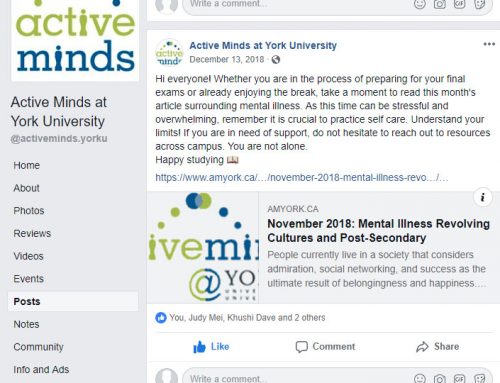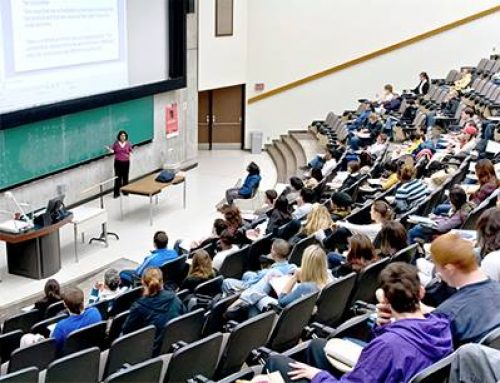Some students may consider March as a chaotic month. With an overwhelming amount of assignments, midterms and competition of finding summer internships can become stressful. Even with these stressors, how can one still be successful in academia? People believe hard work and dedication results with great performance; however, do our personalities associate with our the outcomes we produce? In the following paragraphs, we will examine how the Big Five Personality model contributes to personal successes.
The dimensions of the ‘Big Five Personality’ includes; openness, conscientiousness, extraversion, agreeableness, and neuroticism. A method for remembering the dimensions is to use the acronym ‘O.C.E.A.N.’. Openness refers to an individual’s imagination, artistic sensitivity, intelligence, curiosity, and originality. In other words, openness is also recognized as an ability to have an open mind. Conscientiousness refers to an individual’s dependability. That is, many leadership roles require conscientiousness as it is high on achievement orientation. In addition, qualities such as a person’s ability to respond with organization, thoroughness, and responsibility is an asset. Extraversion refers to an individual’s sociability, assertiveness, and activity in interactions. These people are more likely to initiate conversations and engage in large discussions with people they are both acquainted and not acquainted with. Agreeableness refers to an individual’s warmth, friendliness, and tactfulness. These people are more likely to provide emotional support at times of difficulty. Finally, neuroticism refers to an individual’s angst, depression, anger, embarrassment, emotions, and insecurity. These people are more likely to be introverts and not engage in as many social activities (Barrick & Mount, 1991).
Depending on your personality, some may be able to succeed without flaw under plenty of stress whereas some would experience failure. Conscientiousness, extraversion and openness are prevalent characteristics which encourages success. Conscientiousness is effective as a result of displaying consistency in task performance (Digman, 1990). In addition to extraversion and openness; an ability to think abstractly and observe different point of views in social interaction encourages ambitious students to seek peer mentoring for academic success (Hogan, 1986). What if you are integrating these characteristics yet you are not seeing any improvements? Perhaps the Social Interdependence Theory will further expand academic success in a five-step process: (1) interdependence; when an individual is working in a group, success occurs when all group members are accounted for; (2) individual accountability; contributing your responsibility is highly significant especially when you are working in a dependent group environment; (3) promotive interaction; encouraging and facilitating each member is prevalent considering the fact that many of the group members have the same desire to achieve high standards in academia; (4) interpersonal and small group skills; communication, trust building, decision making, and conflict resolution are significant leadership skills that are applicable not only to academia, but to professions especially in managerial positions. Lastly, (5) group processing; group reflection is an important component to review how cooperative work is effective. If the results are positive, future considerations should be applied in order to receive the highest possible outcome (Johnson & Johnson, 2005).
Though engaging in conversations may be difficult and finding group members who will be as active as you are in collaborative work is stressful, many students have the same desires as you; and that is, to succeed with outstanding marks. Perhaps making everlasting friends may not be ideal in a situation as such, the possibility of meeting someone with some common interests as you is probable.
References:



























